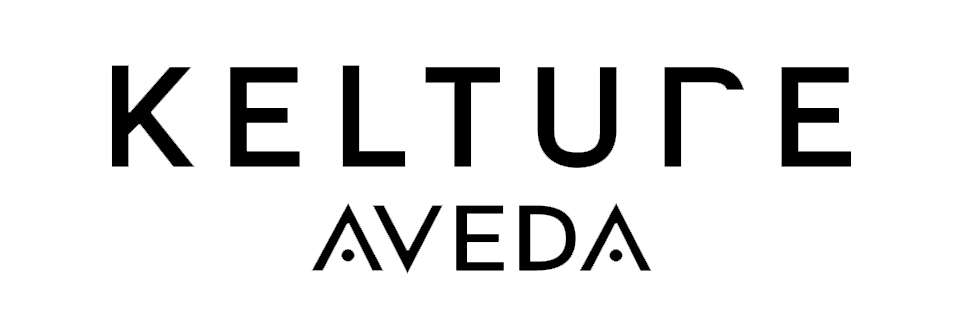
Head lice are tiny, wingless, parasitic insects that live in human hair. They are a common problem and highly contagious. They can also be hard to get rid of. The eggs are known as nits. Head lice are not a health hazard, a sign of poor hygiene, or a cause of disease. They are common among preschool and elementary school-age children and can spread to the rest of the household.
Adult head lice are about one-eighth of an inch long, the size of a sesame seed, and they live up to 30 daysTrusted Source. Head lice can live around 1 to 2 days away from the host. Female head lice are larger than males and can lay around 8 eggs each day. Lice will appear darkerTrusted Source if they occur in darker hair.
Symptoms of head lice
Itching is the most common and noticeable symptom.
This is due to an allergic reaction to louse saliva. Some people are extremely sensitive to louse bites and have severe itching. Others are not allergic to the saliva, or they build up a tolerance and have little or no itching, even with repeated infestations. Some people do not experience itching for the first 2 to 6 weeks of an infestation, as it can take long to become sensitized. As a result, the infestation may remain unnoticed.
Other symptoms may include:
- tickling or a sensation of something moving in the hair
- irritability and difficulty sleeping
- sores on the head from scratching
- swollen lymph nodes, or glands
- pink eye
Causes of head lice
A head lice infestation results from the direct transfer of lice from the hair of one person to the hair of another through head-to-head contact.
To survive, an adult head louse must feed on blood. They can live for approximately 30 days on a person’s head. If they fall off, they will die within 1 to 2 days.
Head lice cannot fly or jump, but sometimes they can be transmittedTrusted Source on personal items, so it is sensible to avoid sharing brushes, combs, headbands, headphones, towels, clothing, or hats with anyone who has an active infestation.
An infestation does not result from dirty hair or poor hygiene, and it can occur in hair of any length or condition. Head lice cannot be passed on to or caught from animals.
Head lice may be able to survive under water for several hours, and chlorine levels in a swimming pool do not kill them. However, they are unlikely to be spread through pool water. They tend to hold tightly to hair when submerged in water.
How to treat head lice infestation
1) Wet Combing
As well as the hair being wet, something should be used to lubricate the hair, such as a hair conditioner. Comb the entire head from the scalp to the end of the hair at least twice during a session. The process should be repeated every 3 to 4 days for at least 2 weeks after no more lice are found.
2) Essential oils
Small clinical studies have suggested that some natural plant oils may have a toxic effect on lice and eggs. These products include:
- tea tree oil
- anise oil
- ylang-ylang oil
- nerolidol, a chemical compound found in many plant oils
- eucalyptus oil
- lavender oil
In one study, a spray containing a combination of coconut and anise was found to be significantly more effective at clearing head lice than a permethrin lotion.
One benefit of coconut oil and anise is that the effects are physical rather than neurological, so the lice are highly unlikely to develop a resistance. The treatment dries out the waxy outer shell of the lice, causing fatal dehydration.
The United States Food and Drug Administration (FDA) has not confirmed the safety and effectiveness of any essential oils for head lice treatment
Should my child stay off school?
A child should not stay home because of lice. Some schools have had “no-nit” policies under which a child was not allowed to return to school until all nits were removed. The American Academy of Pediatrics and the National Association of School Nurses discourage no-nit policies.
However, children should keep their hat on a separate hook from other children at school, and they should not share combs, brushes, or headgear, unless it is protective head gear, such as a cycle helmet, where they would otherwise have to go without.
What if it doesn't work?
Home treatment usually gets rid of head lice. If your child or someone else in your family still has head lice after a few weeks, it means that the treatments have not worked, and an appointment should be made to see a dermatologist.
Professional Treatment
If the problem persists or recurs, parents should carry out regular checks and treat the lice as soon as possible with a suitable preparation. Pediculicides kill lice, and some can kill the eggs, or nits, too.
If the chosen product is not effective against nits, regular treatment is recommended. Otherwise, retreatment is recommended only if live lice are found several days after treatment.
Female lice can begin laying eggs from 9 days after hatching. To break the cycle and stop the lice spreading, the lice need to be removed within 9 days of hatching.
The most effective strategy is to apply treatment after all the eggs have hatched but before the new lice are mature enough to lay more eggs. Several products are available over the counter (OTC) for treating head lice. OTC medications containing 1 percent permethrin or pyrethrins can be effective, although in some areas, the lice have developed a resistance to these products. Check out this list of medicines for head lice that are approved by the FDA. Check with a doctor before beginning treatment.
Trusted Sourcepermethrin cream (1%)

